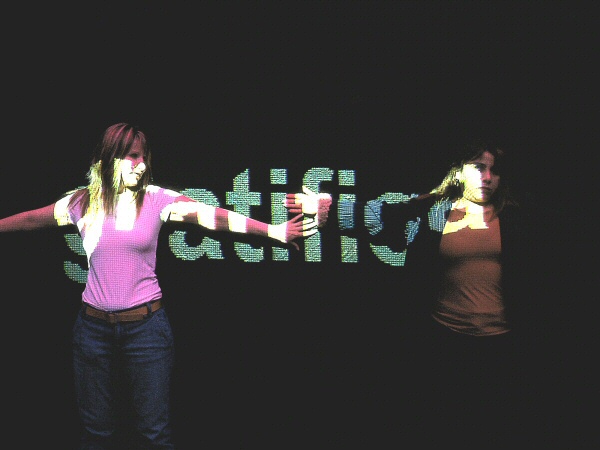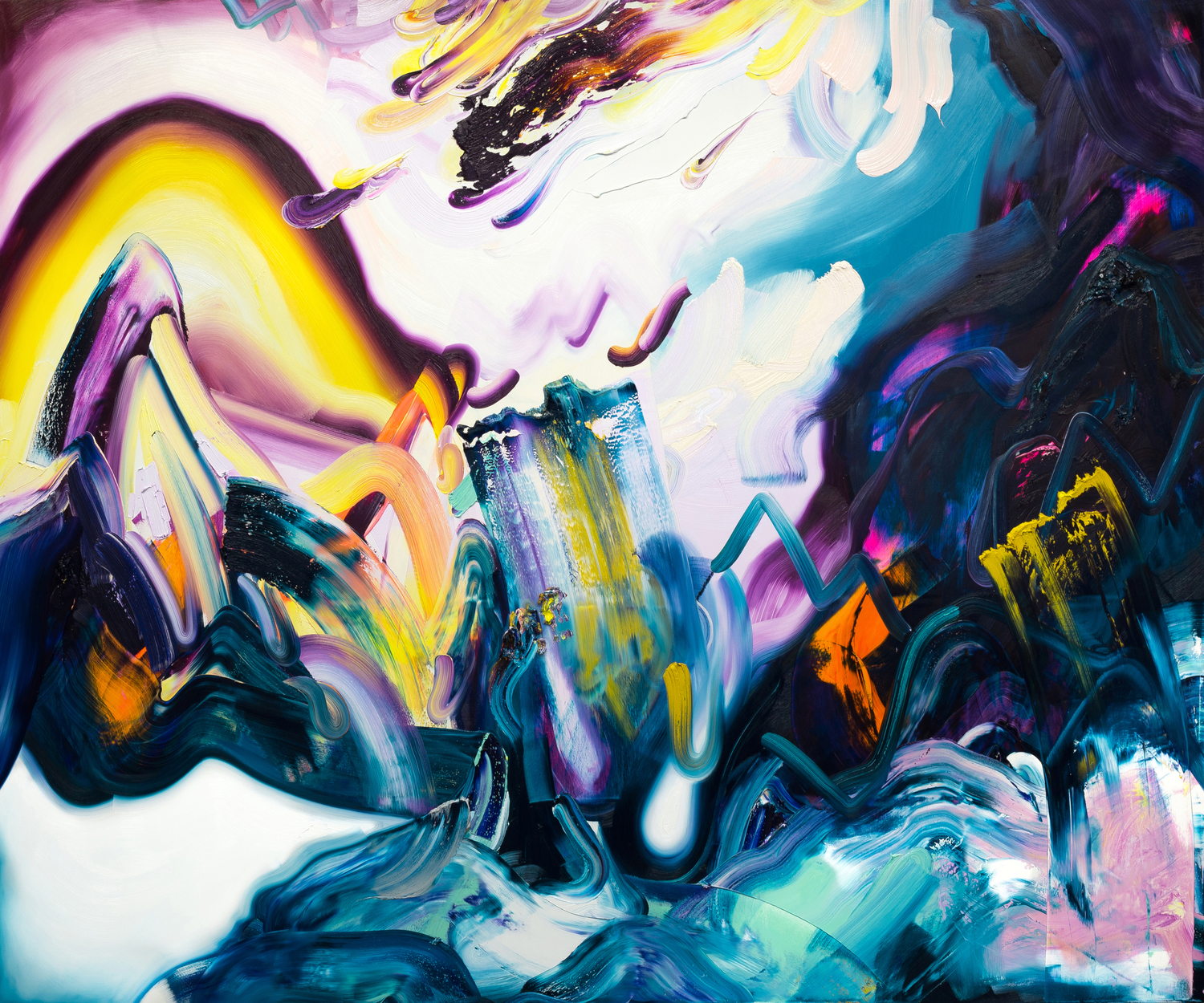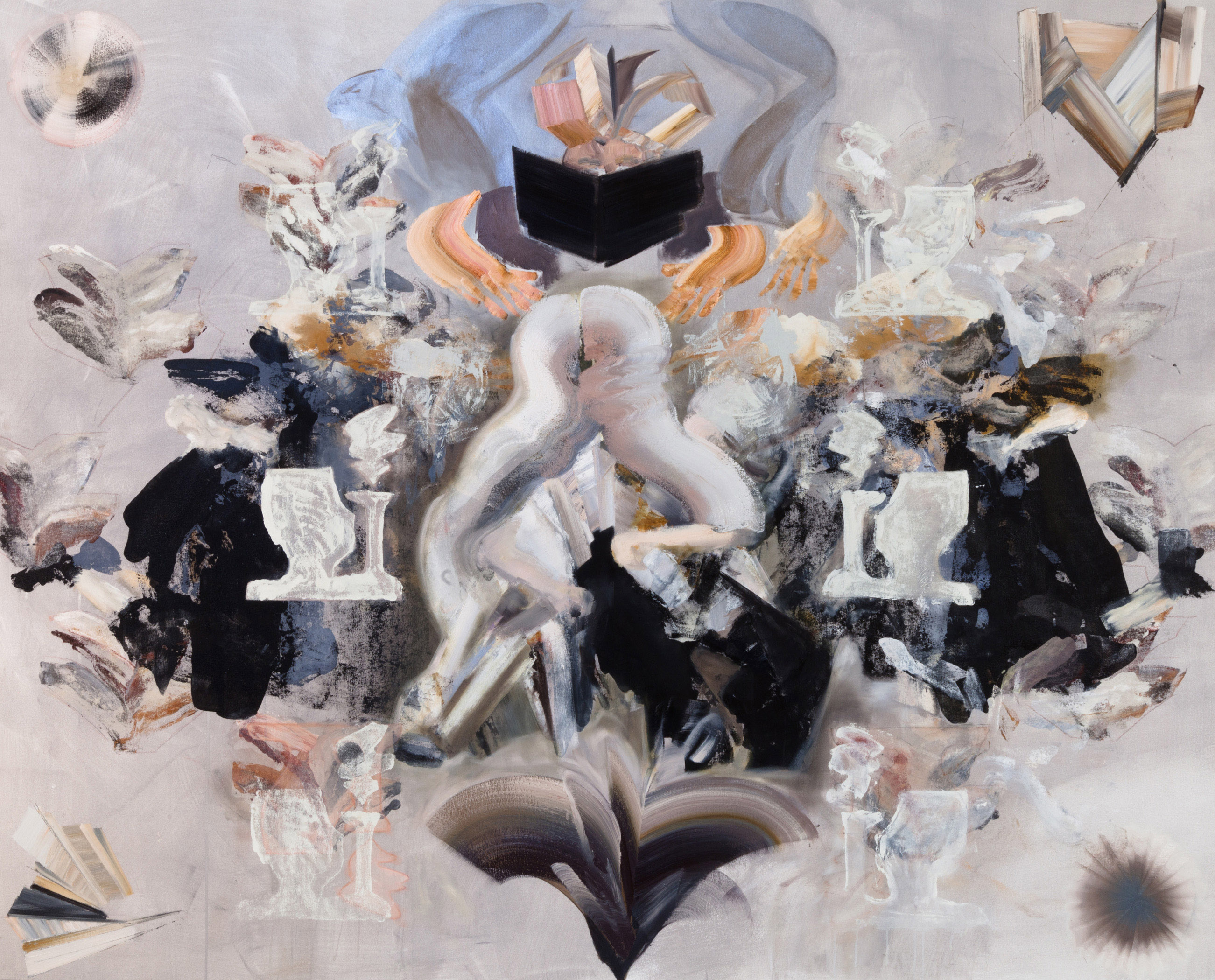By Randy Gladman
We interact with technology hundreds of times a day. We dial telephone numbers, scan our food through supermarket check-out lasers, change the television channel and move our mouse to surf to another web page. We click, slide, dial, push, swipe, turn and type on our machines to communicate our contextual commands, and we take for granted that the device will understand our desires and provide an expected result. The point of interface, where our bodies meet our machines, is at the heart of Rafael Lozano-Hemmer’s art. His works create new interfaces and interfere with communications in order to propose new, unexpected, exquisitely simple purposes for our techno-gadgets, and hint optimistically at the intimate things our machines will do for us in the future.
Lozano-Hemmer is the undisputed champion of epic-scale, publicly installed interactive art. His inventive electronic interventions have been exhibited in over 30 countries, and in 2007 he was selected to represent Mexico for the country’s first ever participation in the Venice Biennale. Like all his pieces, his work in the Palazzo Sorano Van Axel used technology to generate spaces that made observers active participants in ephemeral artistic dialogues. Harnessing the power of digital programming and marrying it to the aesthetics and diverse materials at the forefront of contemporary art, his work resides along the fi ne threshold that separates humans from their technology.
Lozano-Hemmer’s works are participatory by nature. His installations provide safe, quirky, technoid environments within which viewers’ movements, thoughts, touches and even heartbeats are recognised, captured and transformed. These are manifested as light and energy through complex yet elegantly refi ned structures to startling, playful and beautiful effect. Drawing on his background in both science and the performing arts, the artist develops spaces where viewers and participants are one and the same.
Holding citizenship for both Mexico (where he was born) and Canada (where he was raised and educated), Lozano-Hemmer maintains studios in Montreal and Madrid. Teams of engineers based in Montreal and Edmonton, Canada, help the artist develop the complex software required for each piece and fabricate the physical structures. During the summer of 2007 he had the opportunity to produce his first major exhibition in Canada during Toronto’s ‘Lumina TO’ festival. Pulse Front redefined Toronto’s skyline waterfront for seven summer nights. Twenty high-power robotic searchlights flashed across the night sky, each beating in synch with the heartbeats of passers-by as they gripped specially designed handlebars at nearby stations. Giant rays of light shot into the night at varying intensities, orientations and speeds to correspond to the viewers’ pulses. Billed as the largest interactive light sculpture ever, Pulse Front’s 200,000 watts of power could be seen from more than 15 kilometres away, seamlessly blending the intimate and spectacular.

Manipulations of text and the technological methods that we use to communicate with one another are always fair game in Lozano-Hemmer’s work. A project at the Yamaguchi Center for Arts and Media in Japan in 2003 was similar to Pulse Front in that robotically controlled searchlights penetrated the night sky, but their frequencies and pathways through the ether were determined by intercepting participants’ cell-phone text messages. Encoded into unique sequences of movement and intensity, the abstracted textual messages bounced around in the night until they were received by the intended recipient’s phone. Once ‘caught’, the messages were removed from the night sky and simultaneously displayed on the receiving phone’s screen and projected on to the façade of the museum. In Subtitled Public (2005), he used an infrared surveillance system to track visitors to the gallery, who were then tagged with projections of conjugated verbs. These remained branded by light on the individual, no matter where they went in the gallery, until they touched another visitor, at which point the words switched to a different person. Lozano-Hemmer states that he plays with text and technology in order to ‘slow down communication and transpose it to a more abstract level. The lack of clarity is where communication ends and art begins.’ By injecting digital interference, the artist allows for enriched interpretations of messages.
For many years, Lozano-Hemmer’s works were only recognised in new-media art circles. He has received the Golden Nica award at the Prix Ars Electronica in Linz, Austria, two BAFTAs for Interactive Art in London, an award of distinction at the SFMOMA Webby Awards in San Francisco, the Trophée des Lumières in Lyon and an International Bauhaus Award in Dessau, among many other accolades. But his major public commissions have now attracted the attention of the contemporary art world, which has recently claimed him and his work. In 2007 he was invited to exhibit at both Tate Modern and MoMA in New York, and while he still works with the newmedia gallery BitForms in New York, less technology focused galleries, such as Artcore in Toronto, OMR Gallery in Mexico City and Guy Bärtschi in Geneva now show his work as well. Though he was the only interactive artist included in the Venice Biennale in 2007, his participation in this elite bastion of established contemporary art signifi es his admittance into the accepted canon of important contemporary artists. It also marks the inevitable, if begrudging, acknowledgment that new media art is an important and central form of contemporary artistic expression. As Rafael Lozano-Hemmer says, ‘The newest thing about new-media art today is that it is not new any longer.’
By Randy Gladman. Originally published in Contemporary, “Text Art Special”, vol.21, Issue 13, 2008.


